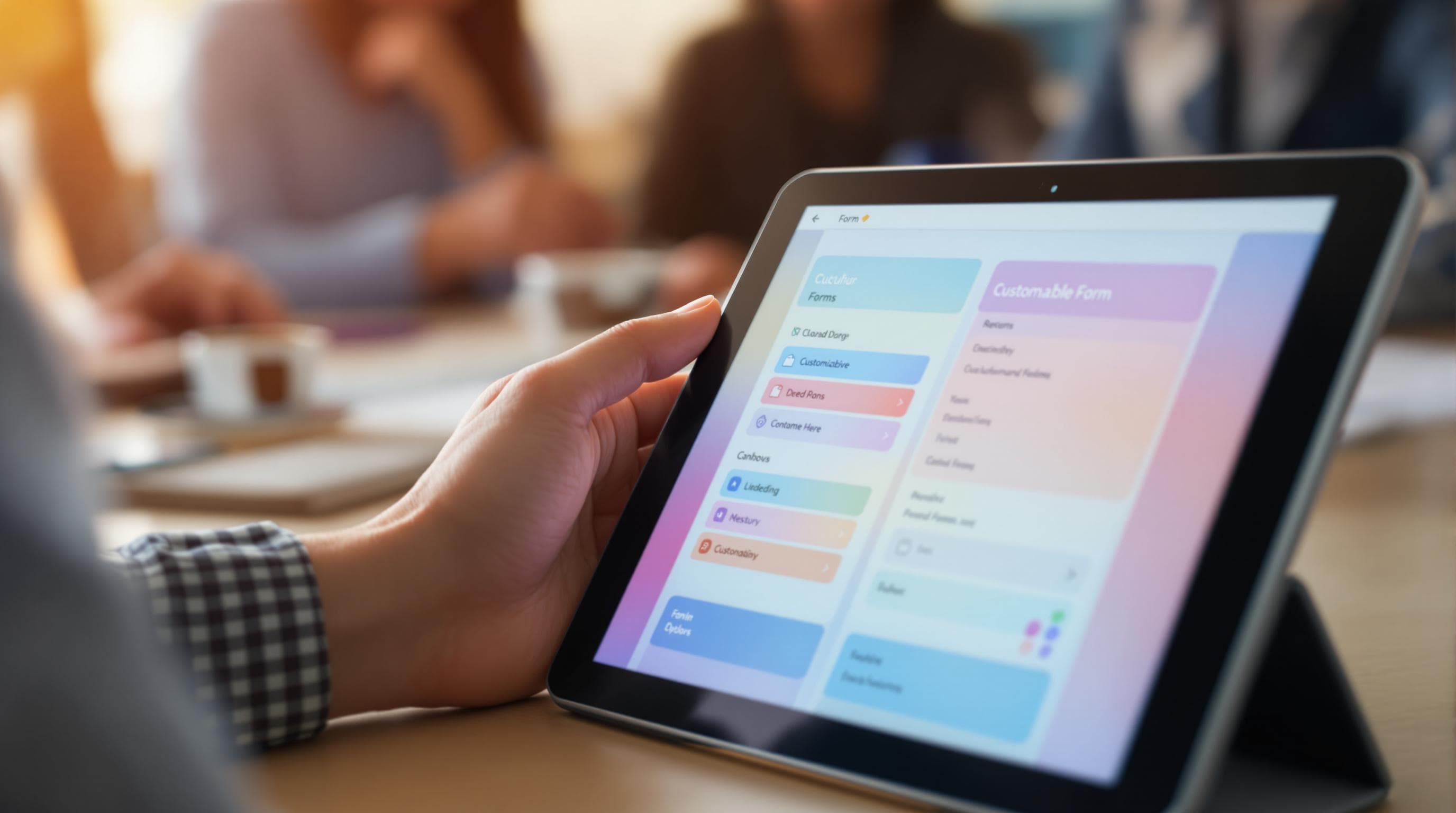Enhance User Experience with Customized Form Themes


Forms play a critical role in how we interact online, whether we’re signing up for a newsletter, registering for an event, or providing feedback. The experience users have while filling out forms can significantly impact their impression of your brand. Customizing your form themes can vastly enhance the user experience, making forms not only functional but also engaging and aesthetically pleasing. Let’s delve into why this matters and explore how you can effectively customize your forms to boost engagement and satisfaction.
Why Customized Form Themes Matter
In an era where user experience is paramount, the customization of form themes should not be overlooked. Here’s why it’s crucial:
- Brand Consistency: Customized forms allow you to incorporate your brand’s colors, fonts, and logos, ensuring a seamless brand experience across all touchpoints.
- User Engagement: A well-designed form is more inviting and can significantly increase completion rates. When users find forms visually appealing and easy to navigate, they are more likely to engage.
- Differentiation: Stand out from competitors by creating unique form designs that capture attention and leave a lasting impression.
- Accessibility: Customized themes can enhance accessibility, making forms more readable and easier to use for everyone, including those with disabilities.
Steps to Create Customized Form Themes
Creating a customized form theme is an art that combines creativity with functionality. Here’s a guide to help you craft forms that captivate and convert:
Understand Your Audience
Before diving into design, it’s crucial to understand who will be using your forms. Consider the following:
- Demographics: Age, gender, and location can influence design choices such as color and font size.
- Preferences: Conduct surveys or user testing to gather insights on what your audience finds appealing.
- Accessibility Needs: Ensure your forms are usable by individuals with disabilities by following accessibility guidelines like the Web Content Accessibility Guidelines (WCAG).
Design for Simplicity and Clarity
A cluttered form can overwhelm users and lead to abandonment. Focus on simplicity and clarity:
- Minimalist Design: Use a clean layout with plenty of white space to guide users through the form effortlessly.
- Clear Labels: Ensure each field has a clear and concise label that’s easy to understand.
- Logical Flow: Arrange fields logically, grouping related information together. This makes the form easier to follow.
Choose the Right Color Palette
Colors evoke emotions and can influence user behavior. Here’s how to choose the right palette:
- Brand Colors: Incorporate your brand’s color scheme to maintain consistency.
- Contrast: Use contrasting colors to highlight important elements like buttons and calls to action.
- Emotional Impact: Consider the psychological impact of colors. For example, blue can convey trust, while green is often associated with growth and safety.
Typography Matters
Typography plays a vital role in readability and overall aesthetic:
- Legible Fonts: Choose fonts that are easy to read on all devices. Avoid overly decorative fonts that can cause confusion.
- Hierarchy: Use different font sizes and weights to establish a visual hierarchy, guiding users’ attention to key information.
- Consistency: Stick to one or two font families to maintain a cohesive look.
Incorporate Visual Elements
Visuals can enhance user engagement and break the monotony of text-heavy forms:
- Images and Icons: Use relevant images and icons to aid comprehension and make the form more visually appealing.
- Backgrounds: Consider subtle background images or patterns that add depth without distracting from the form’s content.
Test and Iterate
Creating the perfect form theme is an iterative process. Here’s how to refine your design:
- A/B Testing: Experiment with different designs to see which performs best in terms of user engagement and completion rates.
- User Feedback: Gather feedback from real users to identify pain points and areas for improvement.
- Analytics: Use tools like Google Analytics to track form performance and uncover insights into user behavior.
Bringing It All Together
By following these steps, you can create customized form themes that not only look great but also enhance the user experience. The key is to blend aesthetics with functionality, always keeping the user’s needs at the forefront of your design process.
Summary
Customized form themes are a powerful tool for enhancing user experience. By focusing on brand consistency, simplicity, color, typography, and visual elements, you can create forms that are not only functional but also engaging and memorable. Remember, testing and iteration are critical to perfecting your design and maximizing its impact.
Take the First Step
Ready to transform your forms? Start by exploring the customization options available with Ezpa.ge. Our platform offers powerful features like drag-and-drop editing, customizable themes, and real-time analytics, making it easy to create forms that stand out. Get started with Ezpa.ge today and elevate your user experience to the next level.
By taking these steps, you’re on your way to crafting forms that not only capture data but also delight your users, fostering a positive relationship between them and your brand.